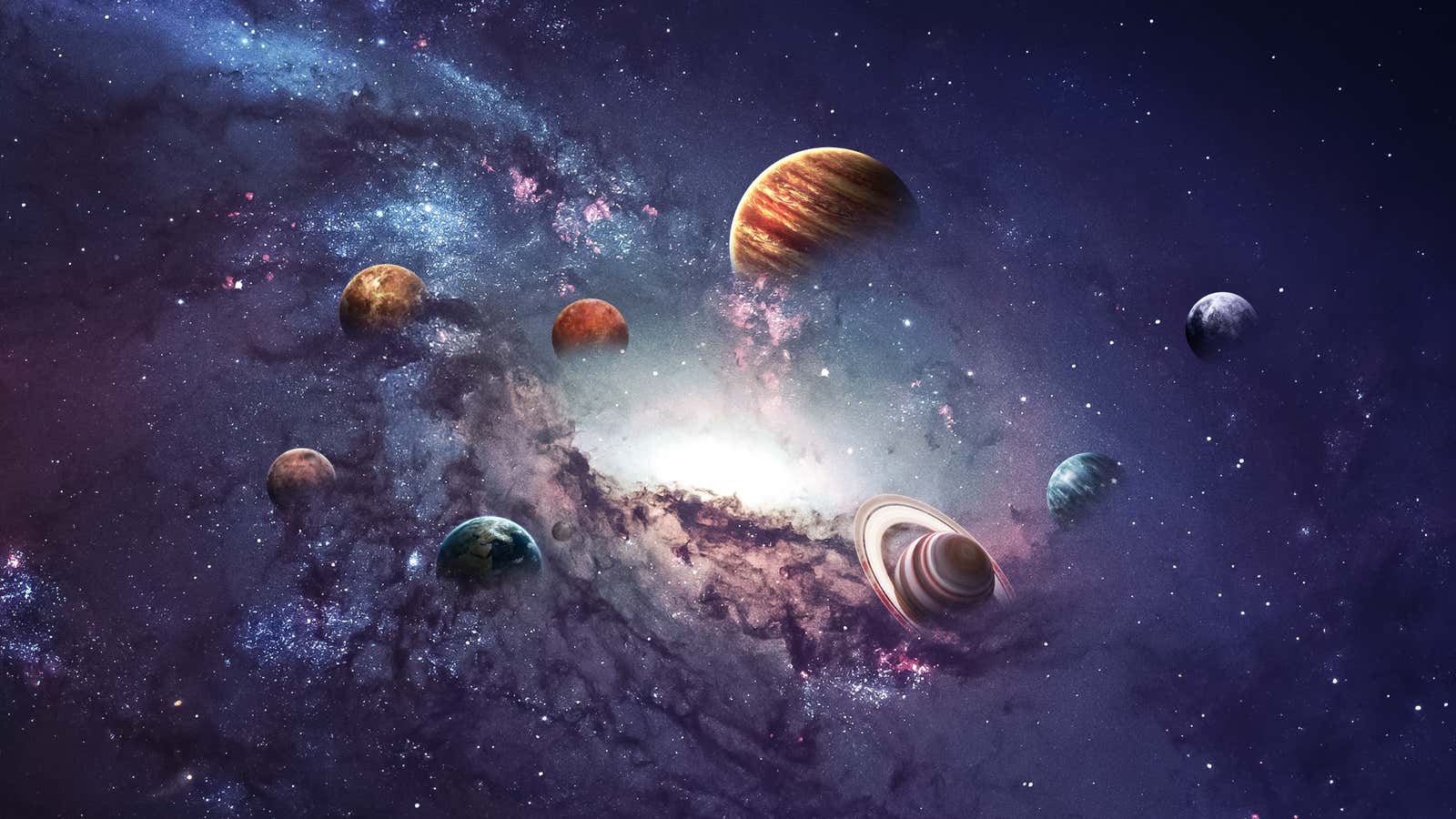How to Find 5 Planets in the Night Sky This Month Without Binoculars

There comes a point in the academic careers of many elementary school students when they ask their parents to take them to their local craft store and buy some foam spheres of different sizes. The real magic begins at home, where, thanks to paint and other materials, polystyrene balls are transformed into planets in our solar system.
As realistic as these creations are, this month we have the opportunity to see five bright planets in our solar system – without binoculars or a telescope. Here’s where and when to look and how to locate planets.
Which planets will be visible?
During November, we will be able to admire with the naked eye on the five bright planets of the solar system: Mars, Jupiter, Saturn, Mercury and Venus. According to EarthSky, they are considered “bright” planets because they can be seen without instruments and have been observed by humans for thousands of years.
So why did they all come out in November? EarthSky explains:
It just so happens that the November evening planets (Mars, Jupiter and Saturn) are the highest level planets , planets orbiting the Sun outside the Earth’s orbit. And it just so happened that the November morning planets (Mercury and Venus) are the lower planets , the planets that revolve around the Sun inside the Earth’s orbit.
How to find planets
Three planets are best seen in the evening, while the other two are easiest to see in the morning. The good news is, you don’t have to stay up late to see them all.
Evening
Mars and Jupiter will become visible at dusk. Mars appears as the brightest “star” in the eastern half of the sky, while Jupiter is its equivalent in the west. As it gets a little darker, look at Jupiter – specifically about 5 degrees east of the planet (which is about two fingers at arm’s length from the eye) – to see Saturn, EarthSky explains.
Early morning
At dawn, Venus will become the brightest “star” in the sky. Then, about an hour before sunrise, look just below Venus and find Mercury, which is usually closer to the horizon.